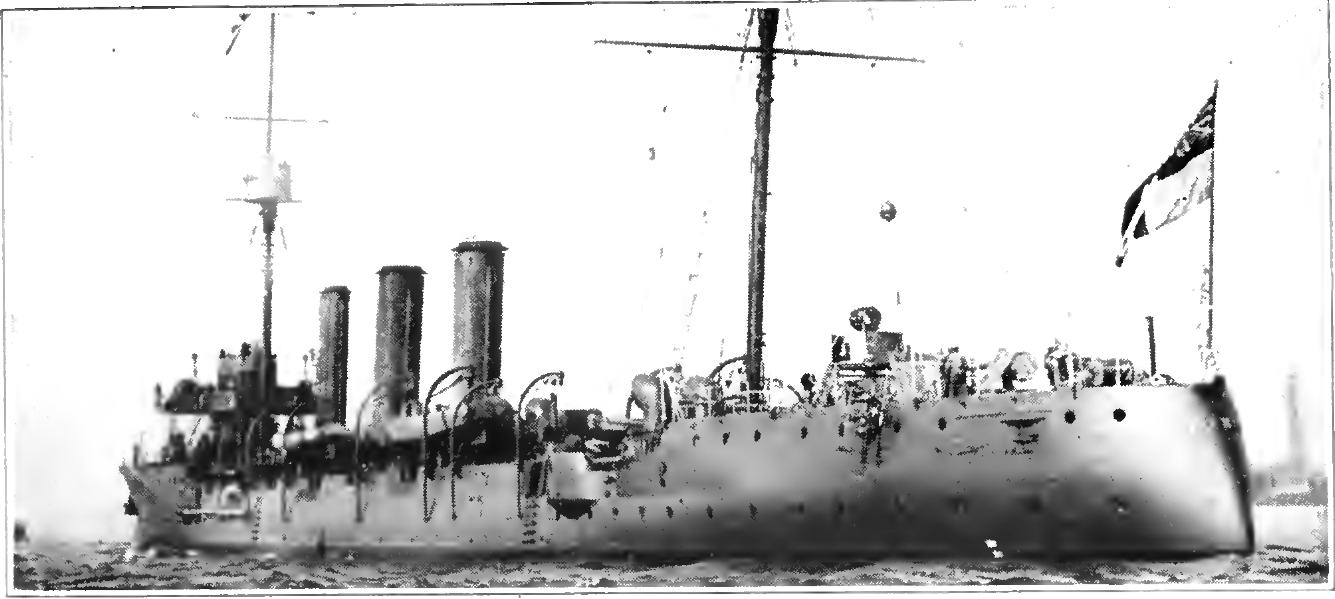<![CDATA[English Heritage is mounting a daring rescue operation to help solve one of the greatest mysteries of Britain – just how did the 17th century warship The London blow itself up, without firing a single shot? Divers hope to recover as much of information as is possible before the timbers of The London completely disintegrate underwater. Most of the wreck has been preserved within deep layers of silt in the Thames Estuary. However, once it was realized that the timbers were being destroyed and disintegrated because of changing tides, a plan was devised to finally get the answers to one of the greatest secrets of Britain. The London had been refitted at Chatham in the year 1665 and was sailing towards Gravesend to collect captain Sir John Lawson and take its place in the Anglo-Dutch wars. Reports state that the ship was carrying about 300 barrels of gunpowder, when for an unknown reason it blew itself in half and sank within minutes. The London was a huge disaster for the nation. The fact that a surprising number of female corpses were found on the ship also suggested that many of the seamen and gunners had their wives and sweethearts on-board. In fact, only 24 men and 1 woman managed to survive this embarrassing disaster by clinging to a carved stern that was left sticking out vertically from the shallow waters. Apart from the obvious mystery surrounding the destruction of The London, the ship also has significant historical importance. It was believed to be one of the only three second – rate ships in the English fleet between the years 1642 – 1660. “The London” was the only one that had survived, thereby making it somewhat of a status symbol. According to Mark Dunkley, a maritime archaeologist working at English Heritage, there was definitely some hiccup with the ship. Unfortunately, the task of uncovering this hiccup is easier said than done. The diving conditions around The London are atrocious. Visibility is not more than a few inches and the wreck gets buffeted by every passing vessel because of its proximity to the shipping lane. To make matters worse, divers can only work between tides. Despite these conditions divers are mapping the wreck every day and bringing finds to the surface. The most recent haul includes a clay pipe, tallow candles, a pistol and a musket shot. All finds are being recorded and sent to the Southend Museum, where many of them shall be put up on display. According to Steven Ellis, a fishmonger and hobby diver who has been watching over the wreck for years, two human skulls were also recovered among the other objects. Ellis states that the thought of how these people lost their lives is just too much to take at times and being so closely associated with the ship just makes him all the more attached to The London and those unfortunate souls who lost their lives when it sank.]]>
Divers Investigate Destruction of the London
